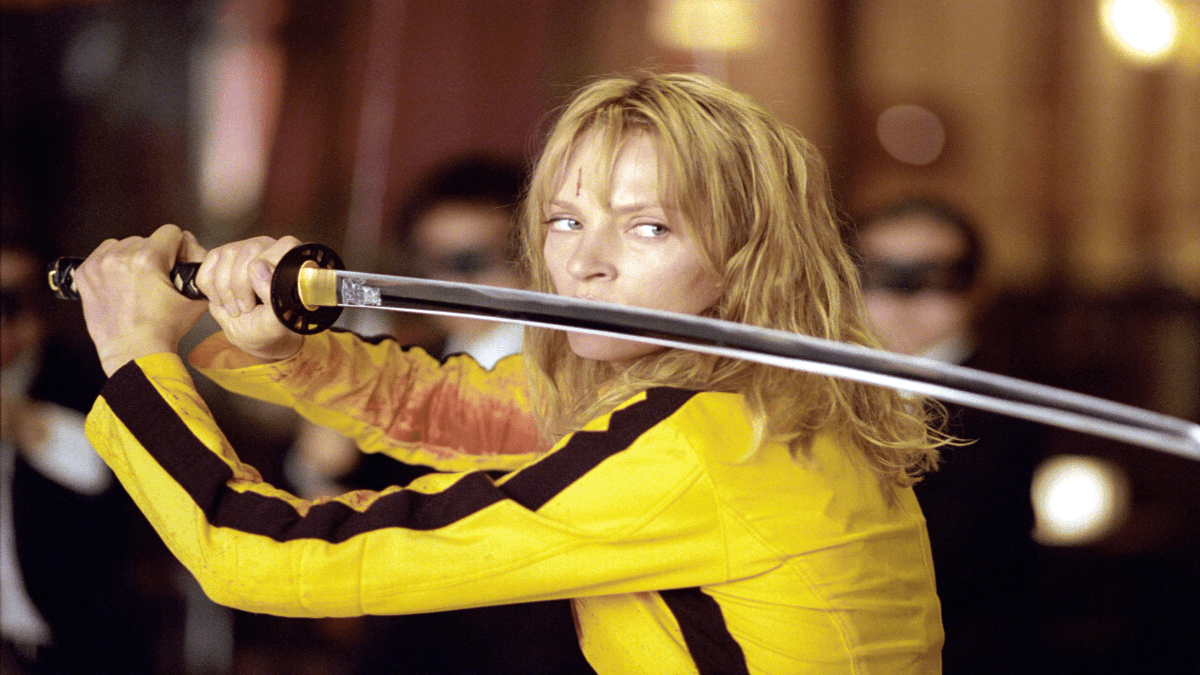The making of “Kill Bill” is shrouded in a dark cloud of controversy and tragedy, casting a somber shadow over the film’s cinematic triumph. Uma Thurman’s journey from victim to avenging heroine mirrored her own harrowing experiences both on and off the set, revealing a tale of resilience and redemption amid the chaos of Hollywood’s underbelly.
Before the cameras rolled on “Kill Bill,” Thurman confronted the specter of sexual assault at the hands of disgraced producer Harvey Weinstein. Her traumatic ordeal, recounted with chilling detail in a poignant interview, laid bare the predatory machinations lurking behind the glitz and glamour of Tinseltown. Despite the weight of her silence, Thurman found solace in the role of Beatrix Kiddo, the vengeful protagonist whose journey mirrored her own quest for justice.
Did the ‘Kill Bill’ stunt become a nightmare for Uma Thurman?
Yet, even as Thurman found sanctuary in her art, tragedy struck on the set of “Kill Bill” in the form of a devastating car crash. The sequence, captured on camera, stands as a haunting testament to the perilous line between cinematic spectacle and real-life peril. Thurman’s plea for caution fell on deaf ears as Quentin Tarantino’s insistence on realism led to a fateful collision that left her battered and broken.
In the aftermath of the crash, Thurman’s relationship with Tarantino unraveled, marred by accusations of betrayal and neglect. The refusal to release the incriminating footage sparked a bitter feud that echoed across the years, punctuated by public confrontations and private recriminations.
Despite the scars of betrayal, Thurman’s indomitable spirit endured, a testament to her unwavering commitment to her craft. In a surprising display of forgiveness, she expressed her willingness to collaborate with Tarantino once more, a poignant reminder of the resilience forged in the crucible of adversity.
As “Kill Bill” continues to captivate audiences with its visceral blend of action and emotion, Thurman’s journey stands as a poignant reminder of the sacrifices made in pursuit of cinematic excellence. In her triumphs and tribulations, she embodies the enduring spirit of Hollywood’s unsung heroes, whose resilience in the face of adversity illuminates the darkest corners of the silver screen.
“Kill Bill” remains a testament to Thurman’s resilience, a cinematic masterpiece born from the crucible of tragedy and triumph. In the crucible of adversity, she emerged as a beacon of hope, her journey a testament to the transformative power of art in the face of darkness.

